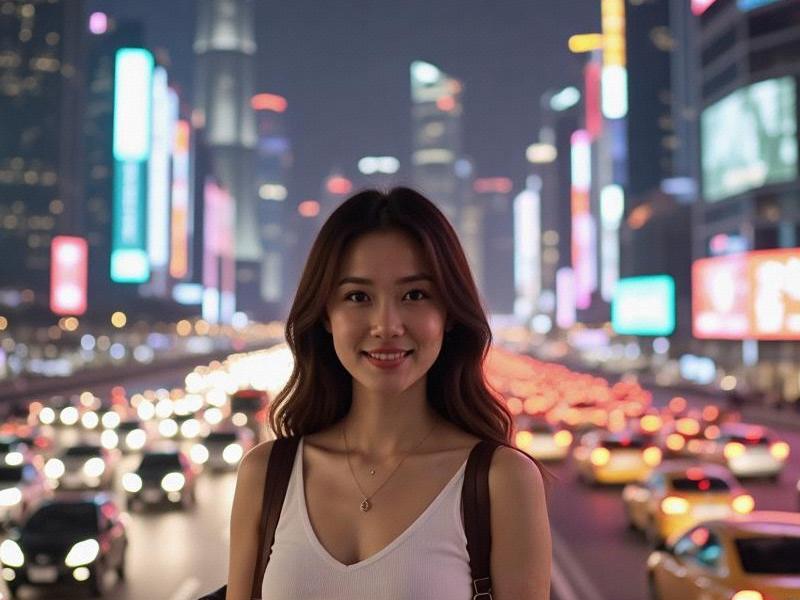This investigative report examines the transformation of Shanghai's entertainment industry, from historic jazz clubs to AI-powered nightlife venues, exploring how the city balances economic growth with regulatory oversight.

The neon glow of Shanghai's entertainment district tells a story of constant reinvention. From the jazz clubs of the 1920s to today's multi-sensory nightlife experiences, the city's entertainment venues have long served as barometers of social change and economic development.
The New Golden Age
Shanghai's entertainment industry by numbers:
• 3,842 licensed entertainment venues (2025 data)
• Night economy contributes ¥587 billion annually
• 78% of venues now incorporate smart technologies
• Luxury club memberships average ¥288,000/year
Evolution of Venue Types
1. High-End Clubs:
- Feature VR dance floors and biometric entry
上海私人品茶 - Average spend: ¥8,900 per customer
- 62% cater to corporate clientele
2. KTV Innovations:
- AI vocal scoring systems
- Themed rooms (1920s Shanghai to space age)
- 43% revenue from F&B rather than room fees
3. Cultural Hybrids:
- Jazz clubs with digital art installations
- Tea houses featuring DJ performances
- "Silent disco" rooftop gardens
上海喝茶群vx Regulatory Landscape
Recent policy developments:
• Stricter licensing requirements (2023 update)
• Mandatory facial recognition systems
• Alcohol serving time restrictions
• Enhanced fire safety standards
Industry Challenges
Persistent issues:
• 28% staff turnover rate (industry average)
• Rising real estate costs
上海花千坊龙凤 • Competition from home entertainment
• Changing consumer preferences
The Future of Entertainment
Emerging trends:
• "Phygital" venues blending physical/virtual experiences
• Membership-based social clubs
• Wellness-oriented nightlife concepts
• Sustainable venue design
As Shanghai positions itself as a global entertainment capital, its nightlife industry continues to evolve - balancing innovation with responsibility, extravagance with authenticity. The city's entertainment venues remain not just places of leisure, but cultural artifacts that mirror Shanghai's unique position between East and West, tradition and modernity.